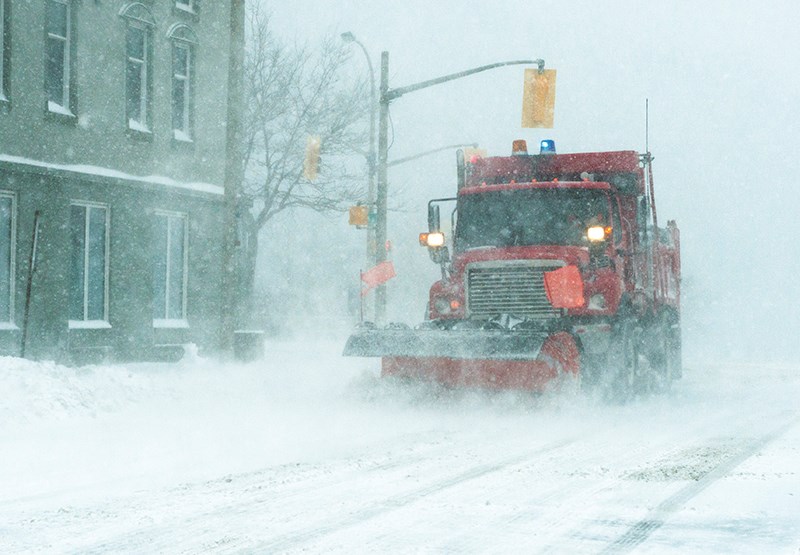Troy Shantz
As soon as a snowfall hits, the clock starts ticking for Sarnia’s snow removal team.
“When the snow starts… you have a certain amount of time to respond,” said Tony D’agostini, the city’s superintendent of roads. “The time starts as soon as that last snowflake hits the ground.”
This winter has brought a fair share of the white stuff to the region, but D’agostini assures that as the temperatures drop and the snowbanks pile up, Sarnia’s Public Works department is prepared.
“We’re out there pretty much, during this time of year, 24-7.”
The city’s fleet of 12 snow ploughs and three trackless “sidewalk ploughs,” are currently operating around the clock, in addition to a tractor and four backhoes on standby.
D’agostini said the city’s equipment can handle snowfalls of up to three inches – after that, a list of independent contractors get the call.
When it comes to which roads are ploughed and when – snow removal is based on class of road, D’agostini explained.
In Ontario, roadways are classified from Class 1 through 5, based on the speed limit applicable to it, and the average annual daily traffic – Class 1 being major highways like the 402, and Class 5 covering residential streets.
With no Class 1 roads to manage, Sarnia’s public works prioritizes Class 2, meaning London Road, Exmouth Street, Murphy Road and Indian Road see ploughs first after a dumping, D’agostini said.
Class 3 roads are next, (i.e. Rosedale), followed by 4 and 5, which all need to be cleared within 24 hours.
Ploughs “methodically” follow one of 11 specific routes which cover every street in the city.
D’agostini said they reverse the order for every snowfall that hits, ensuring no neighbourhood gets priority.
“It’s quite an act when it goes together,” he said, noting that they follow a city map broken down by subdivision.
The ploughs, which are also outfitted with equipment to spread a salt and brine mix, are tracked via GPS, so it’s always known which streets are covered and which require attention.
“Have patience,” he said. “Because we will get to you.”
